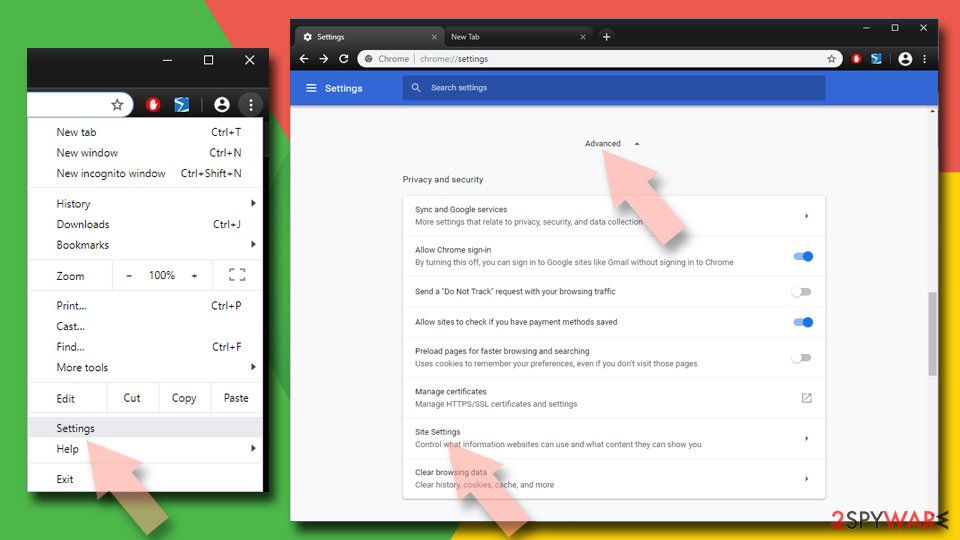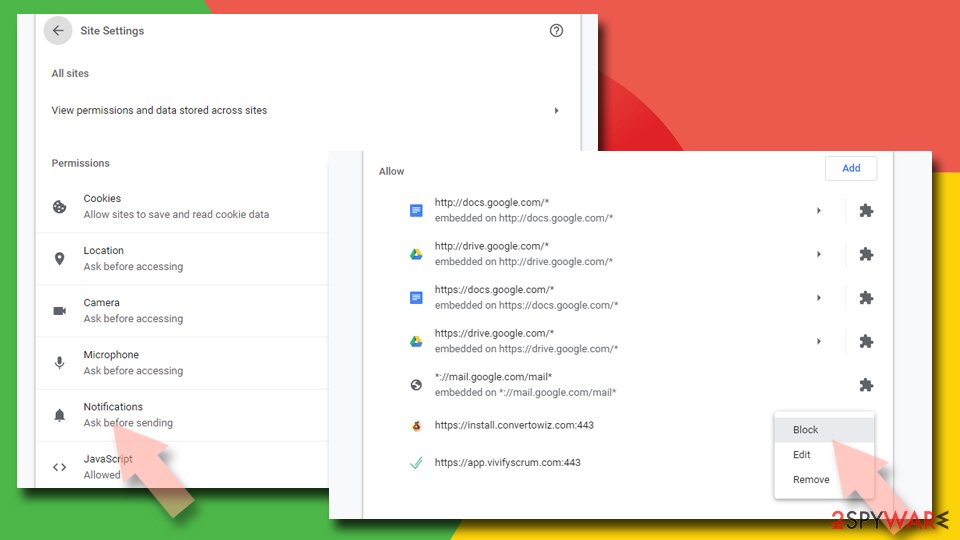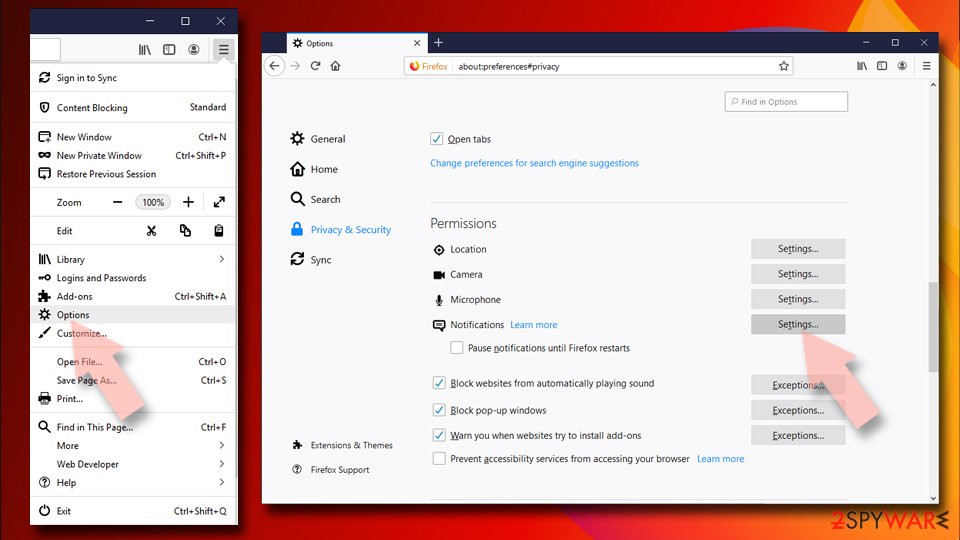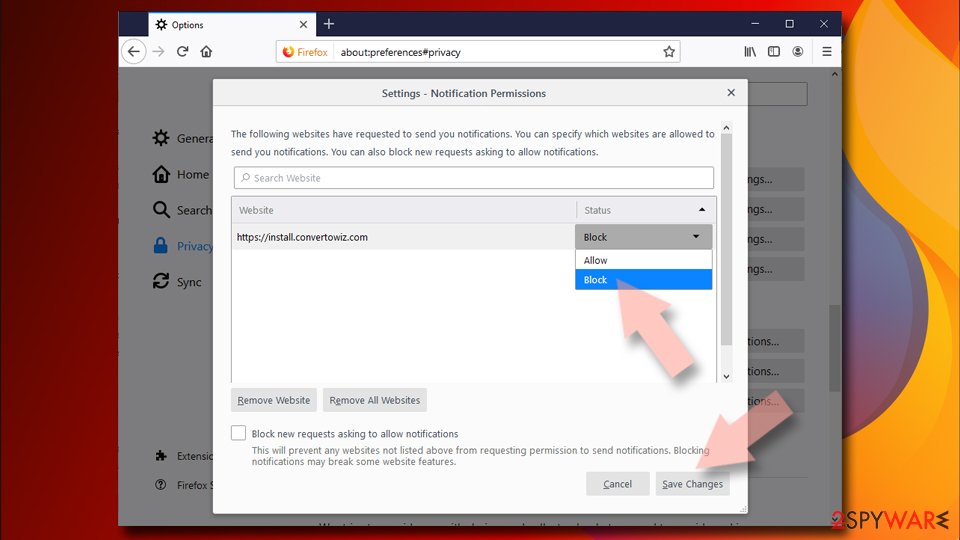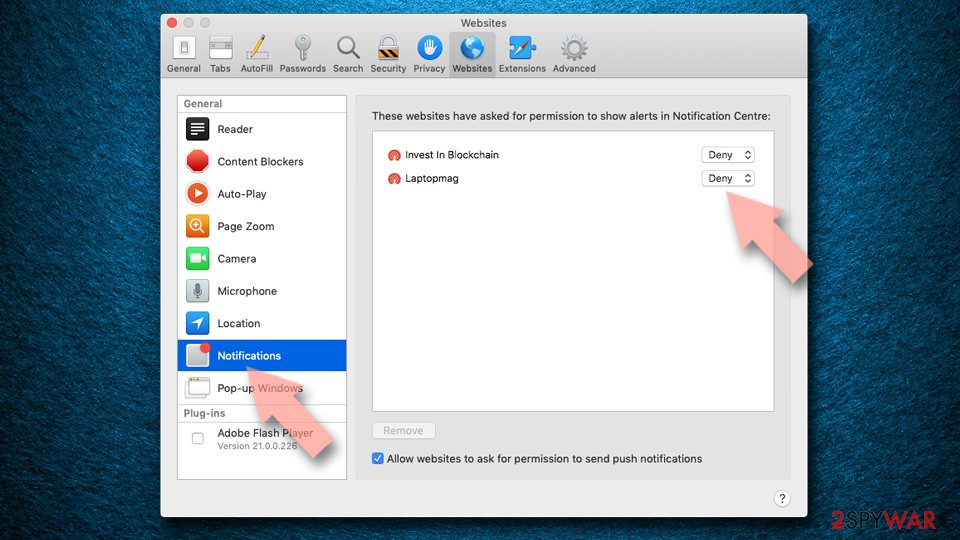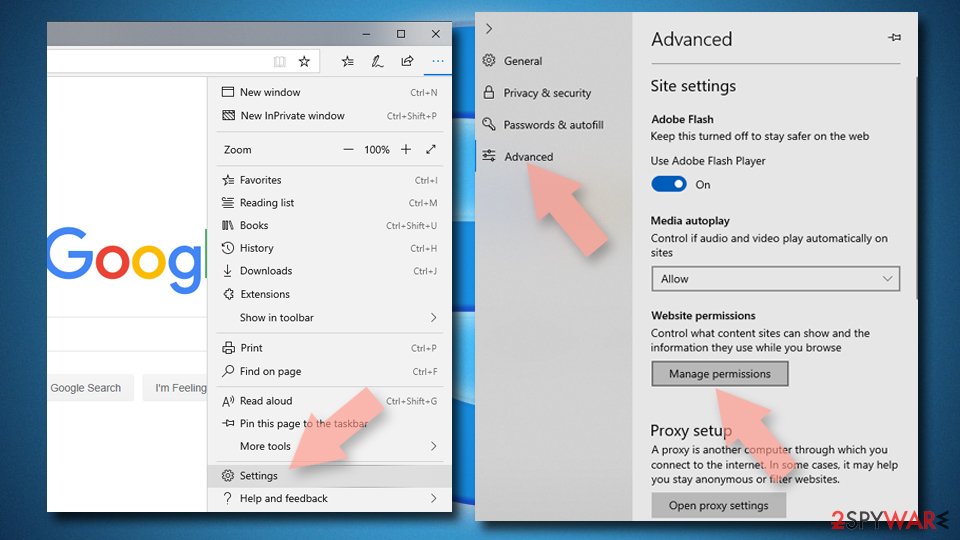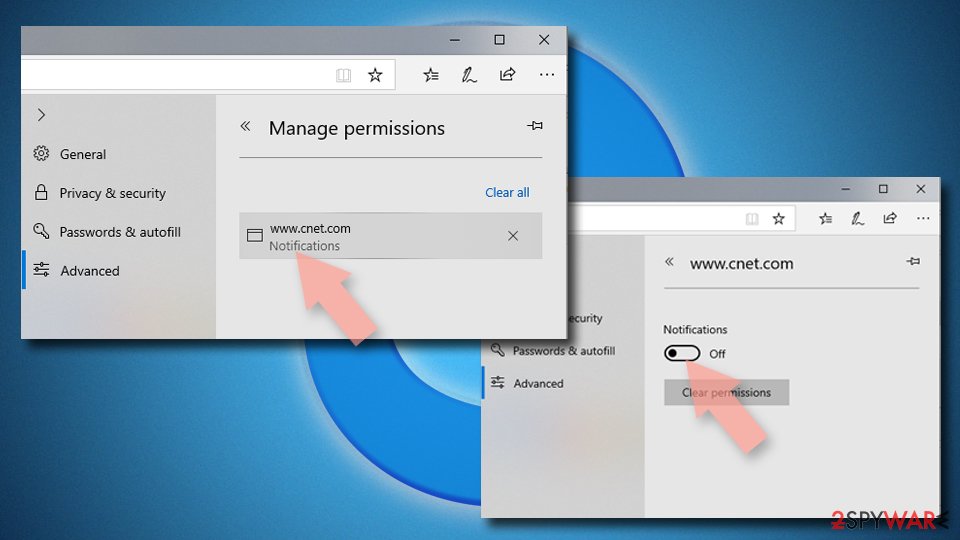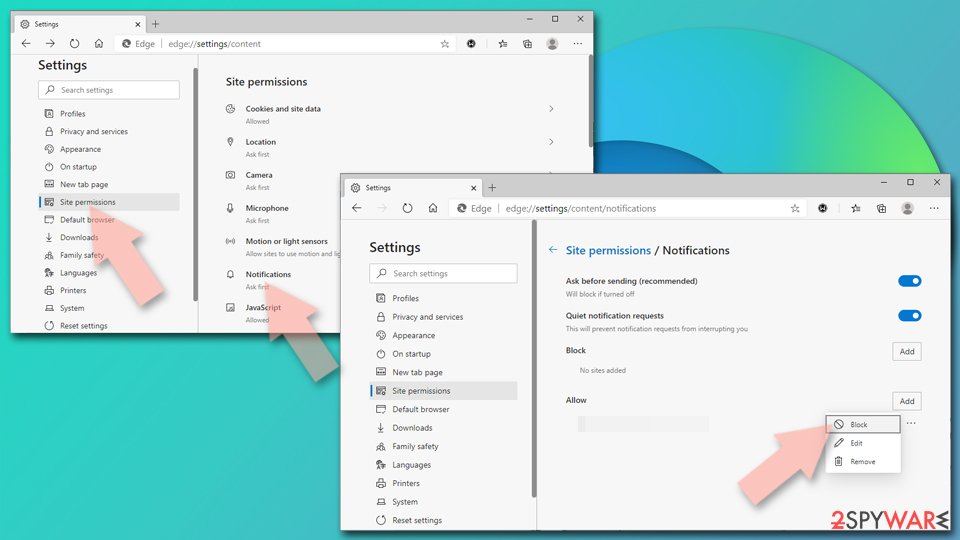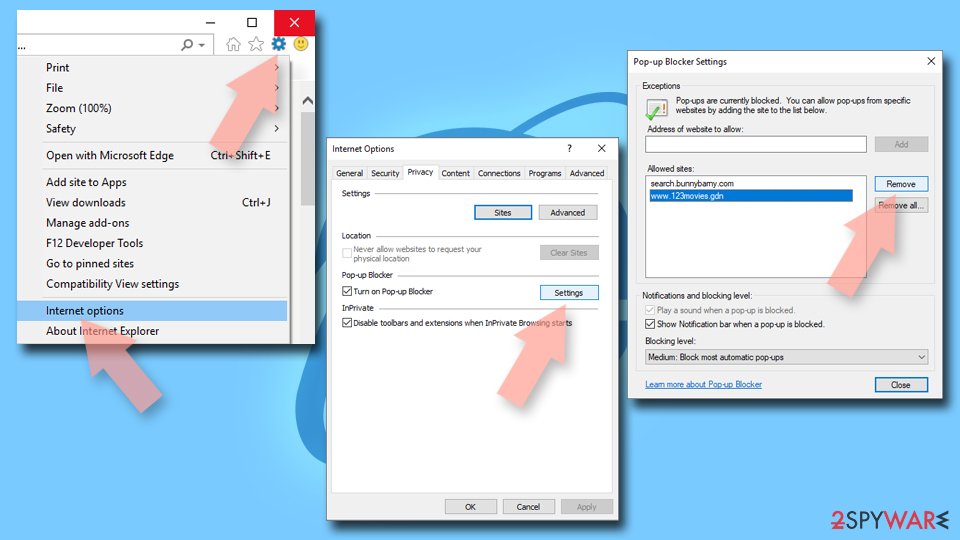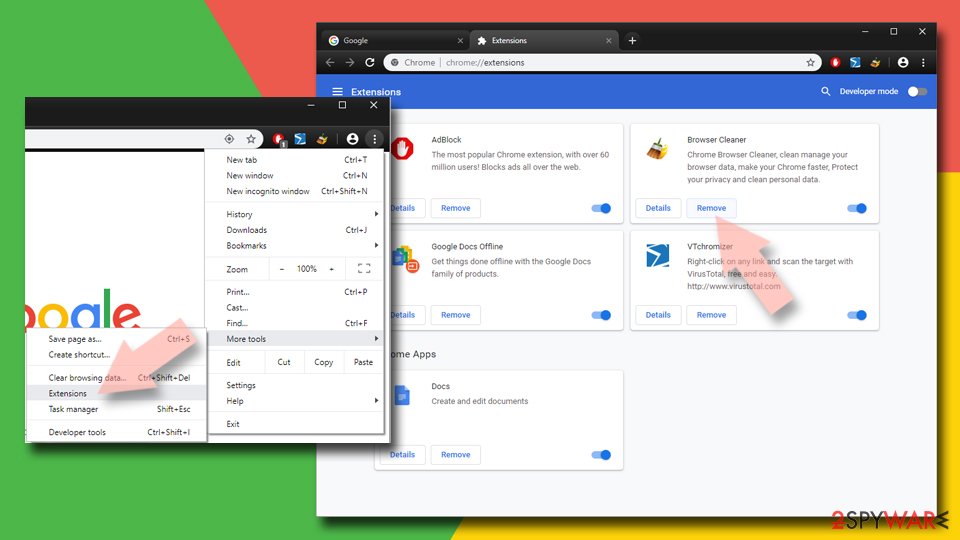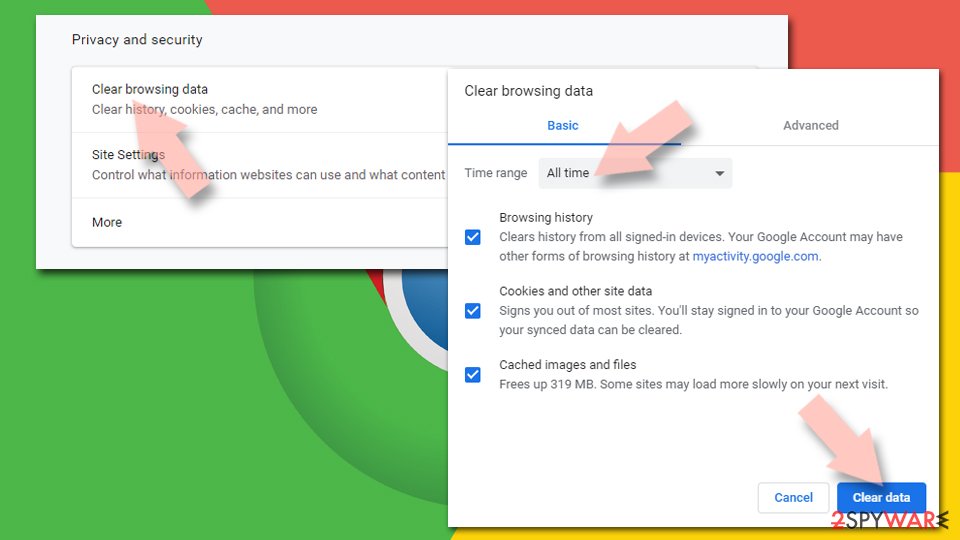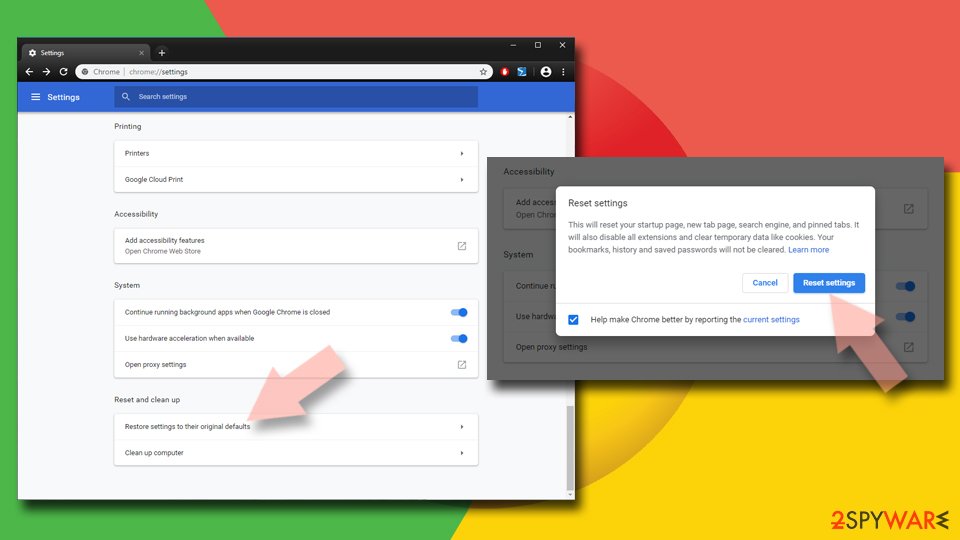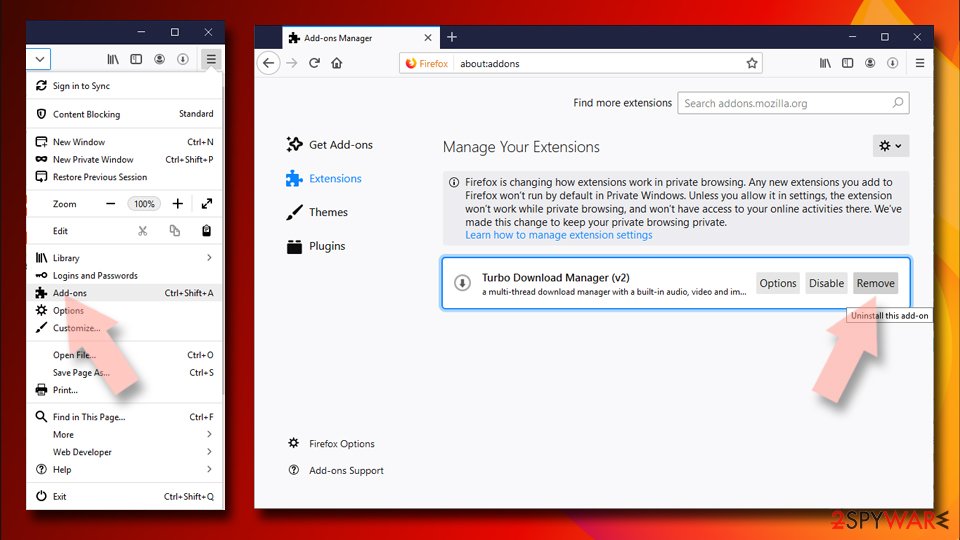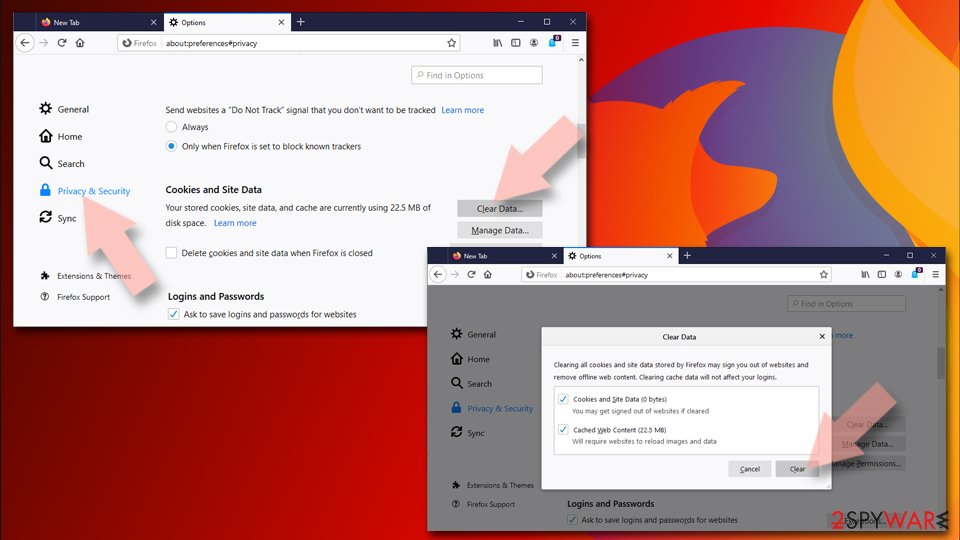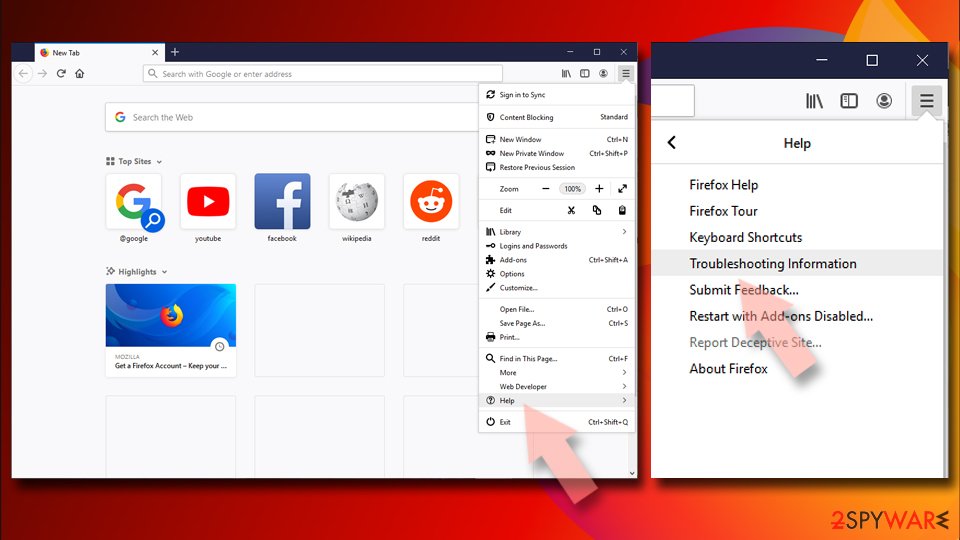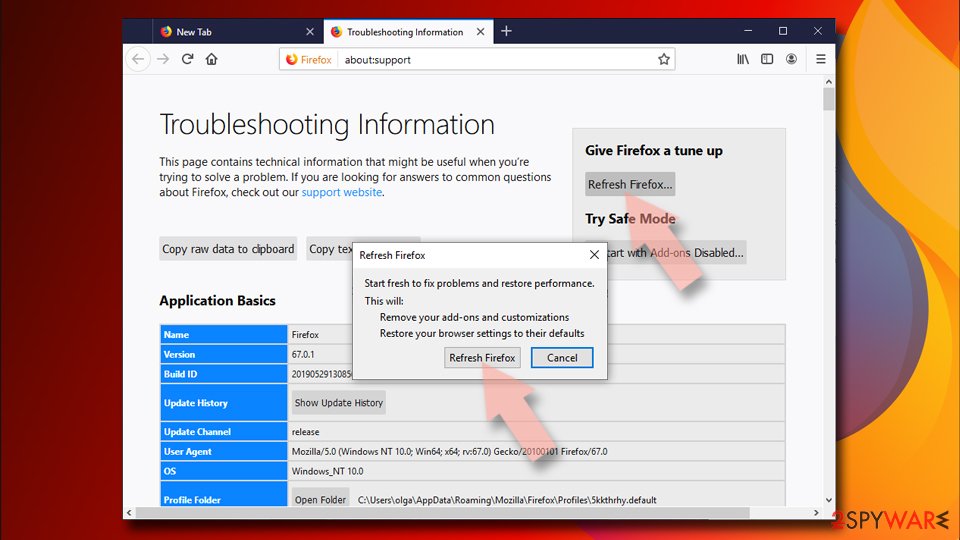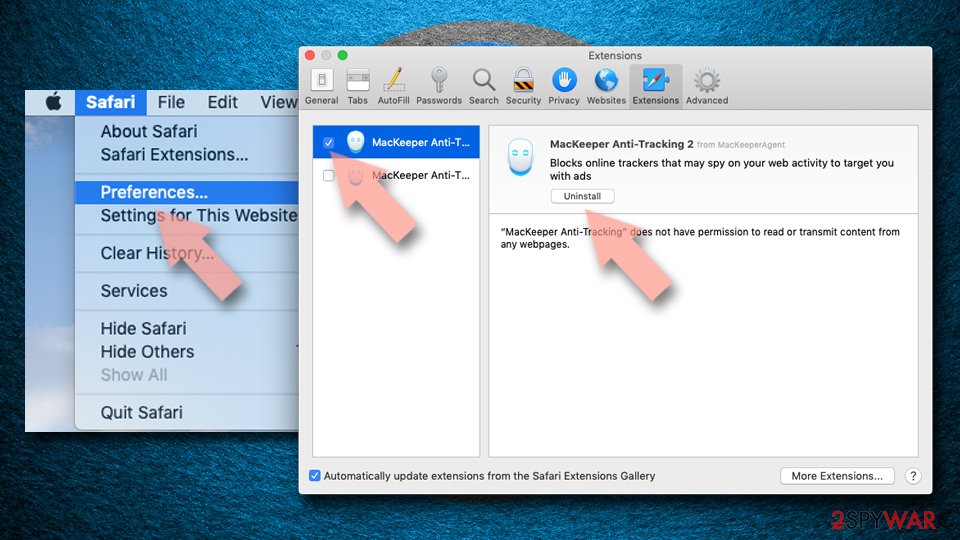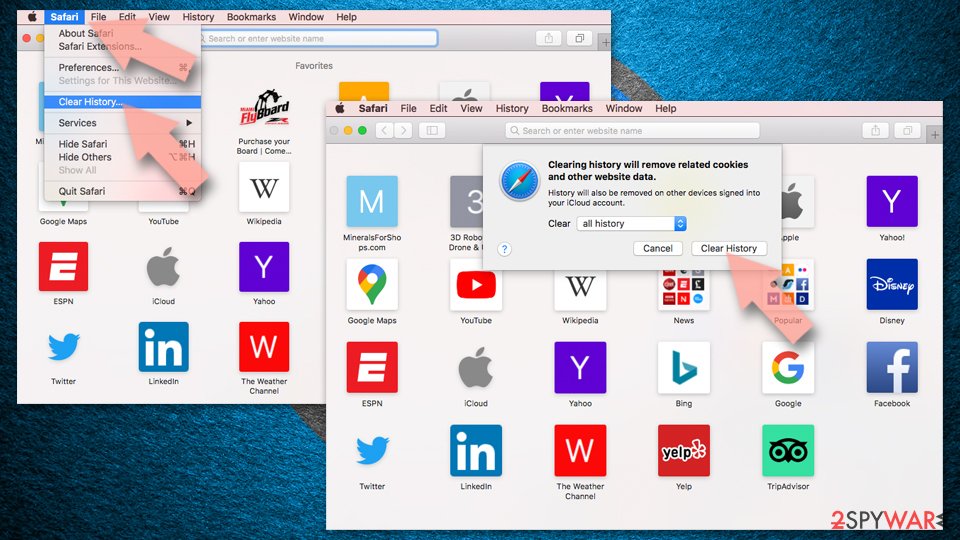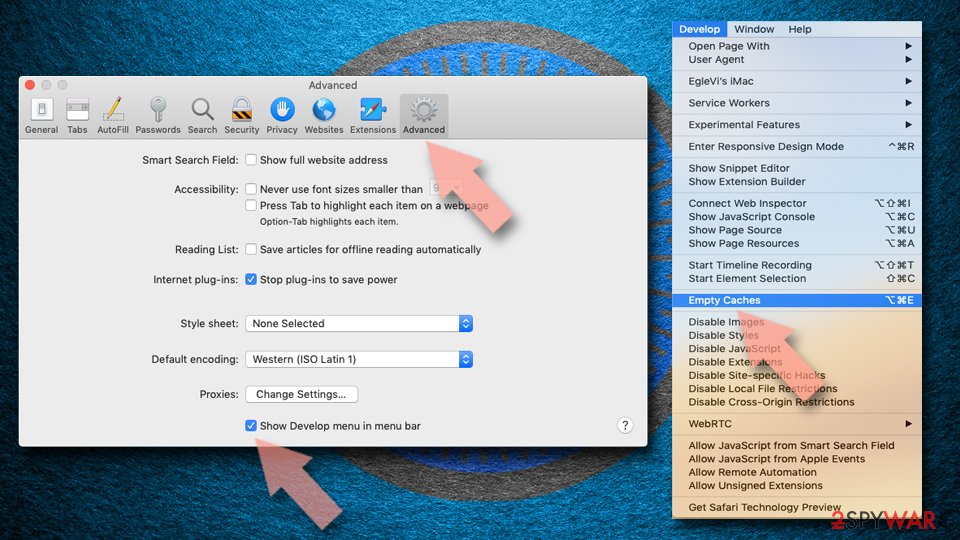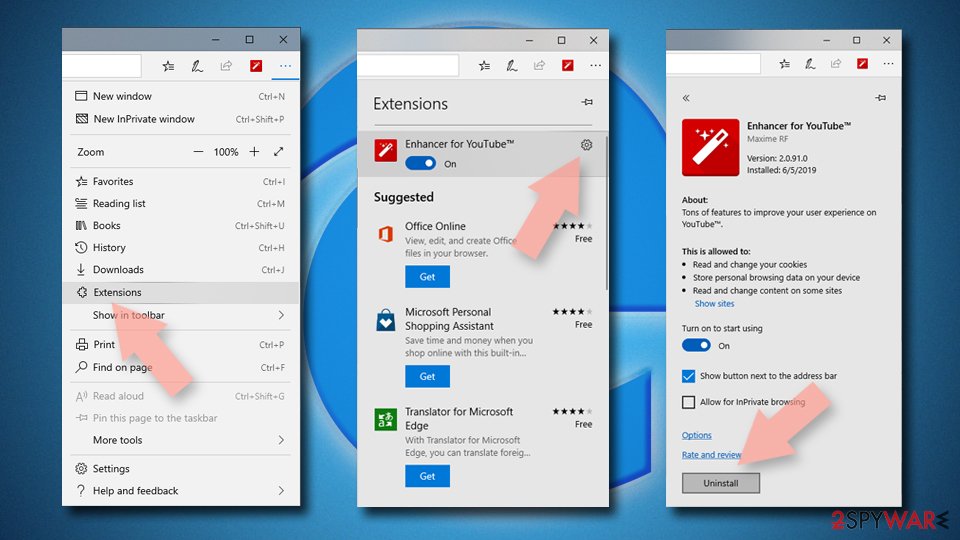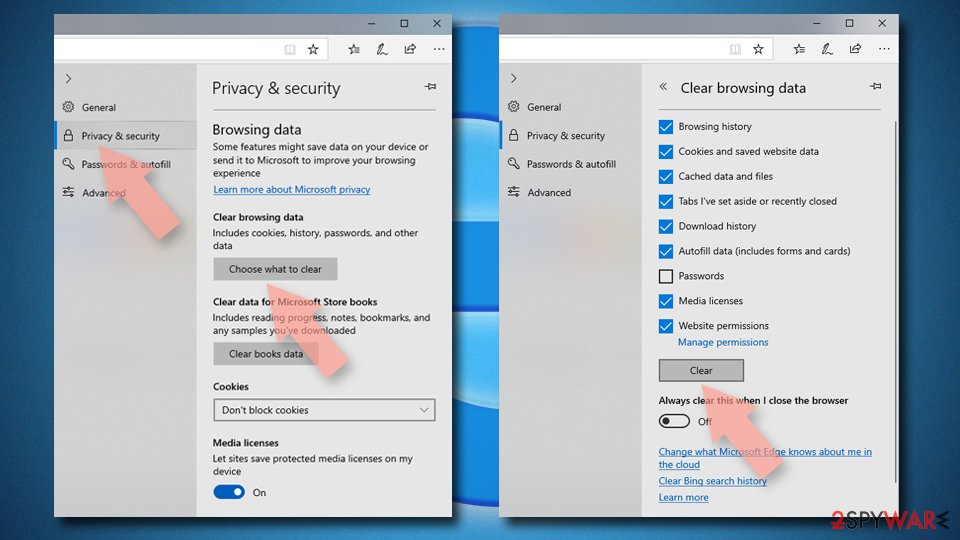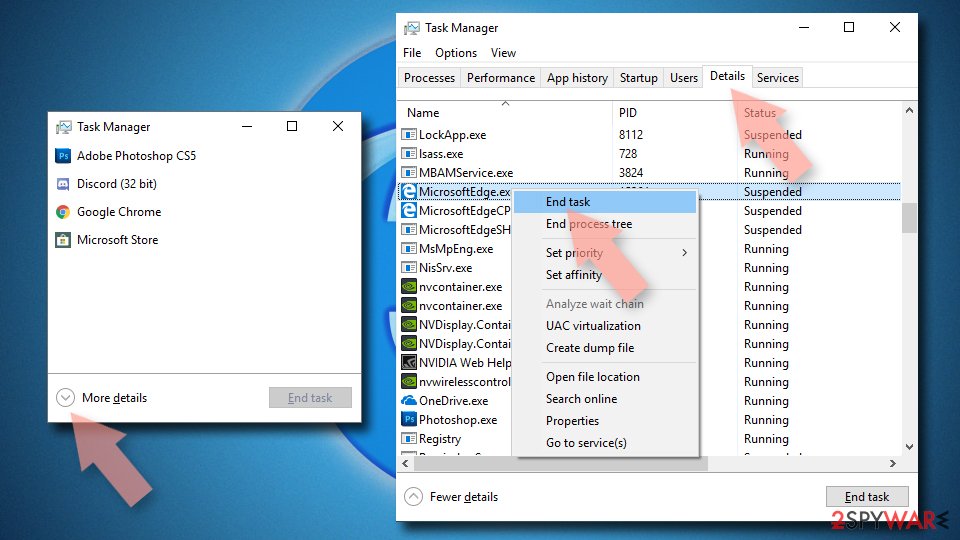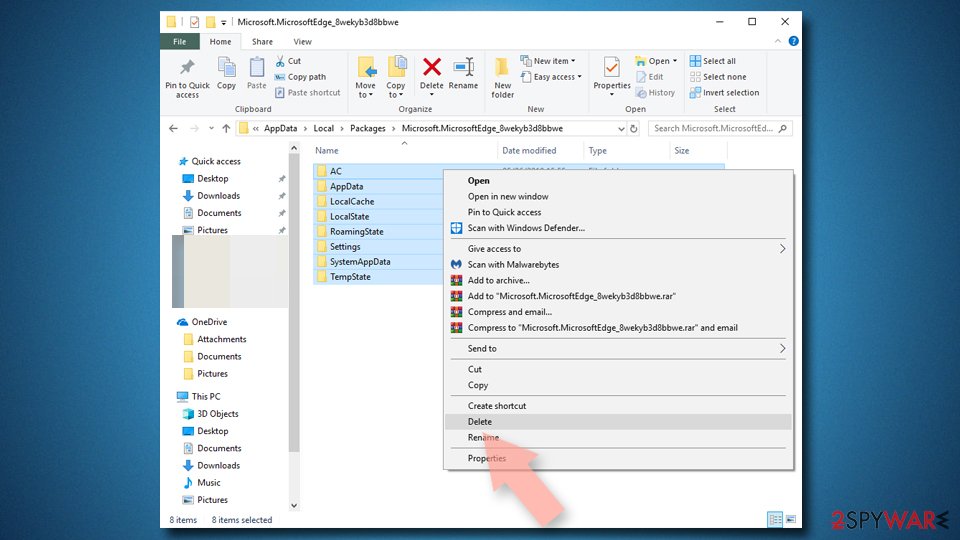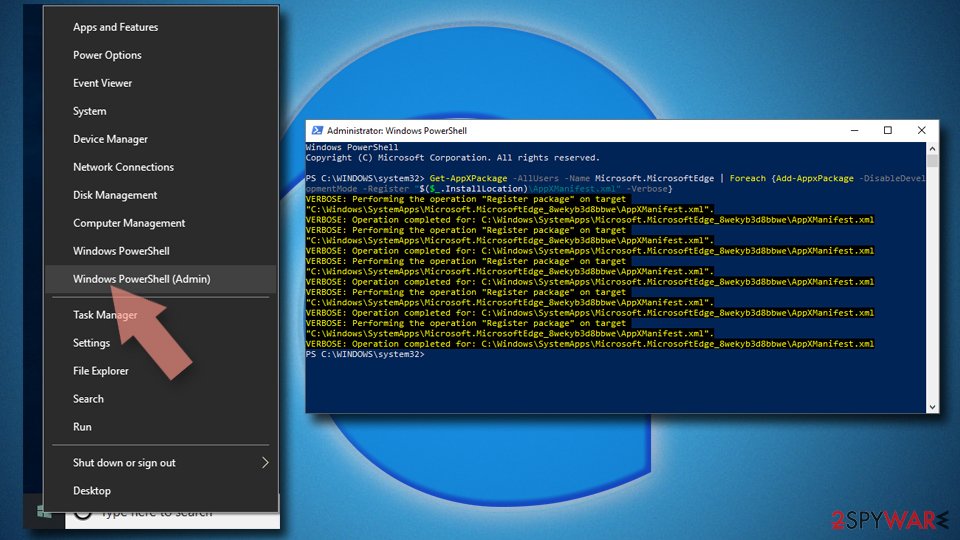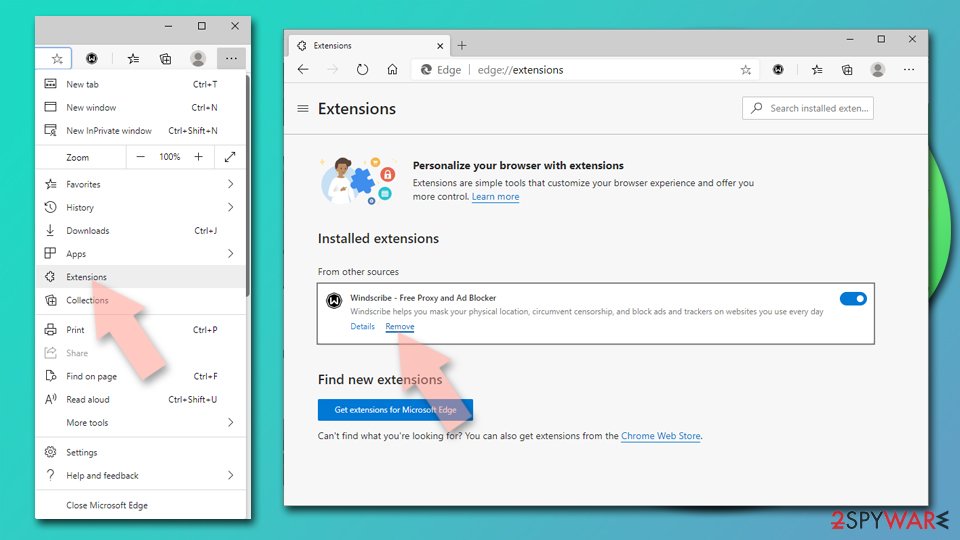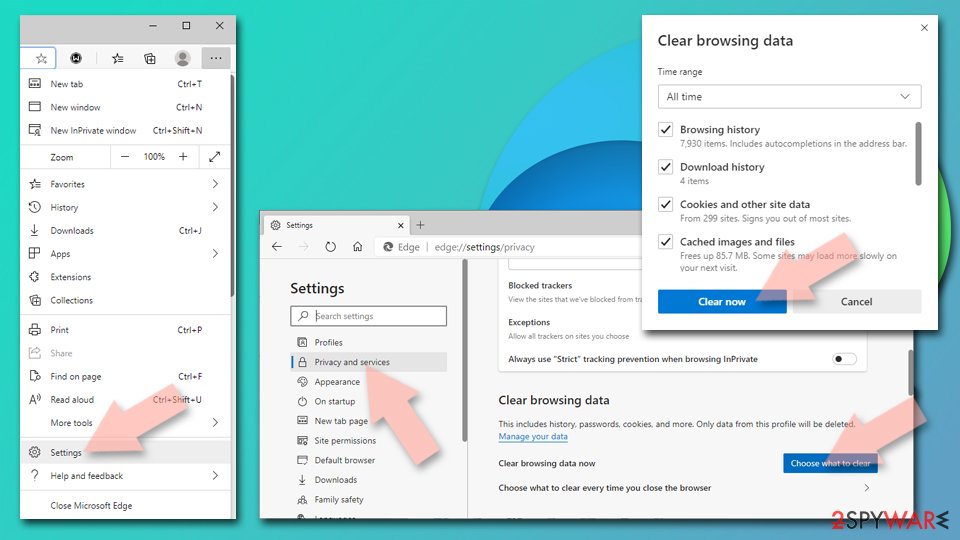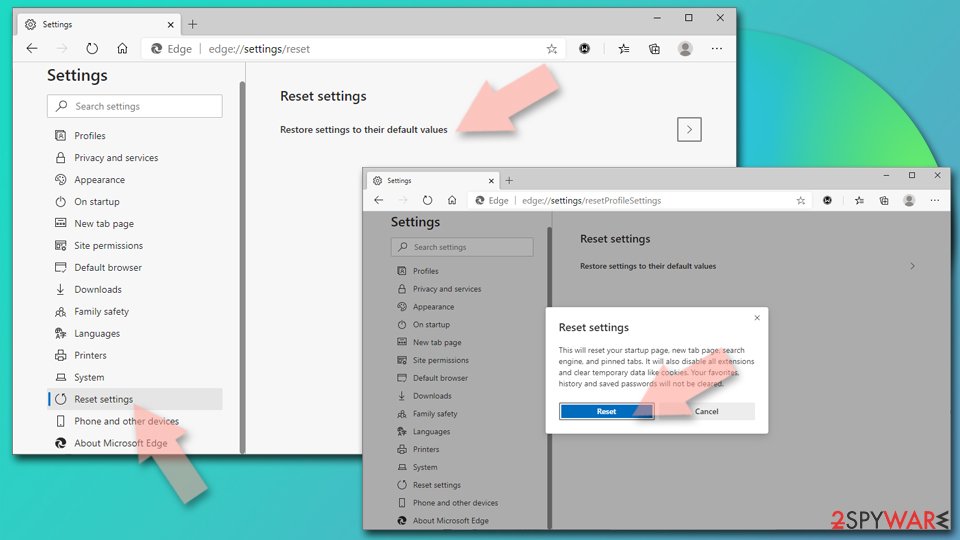To2s.biz ads (Tutorial) - Chrome, Firefox, IE, Edge
To2s.biz ads Removal Guide
What is To2s.biz ads?
To2s.biz – a website you should never trust

To2s.biz pop-ups might start showing up on your desktop at random times while you are watching videos, visit your favorite websites, or working on your computer. Likewise, these notifications can show up on mobile devices such as iPhones, Androids, or tablets. In fact, the activity is tight up to the browser itself – be it Google Chrome, Mozilla Firefox, MS Edge, or Safari. Regardless of which device you are using, the unexpected appearance of what seems to be advertisements can be quite baffling, especially if they don't seem to be initiated by a particular trigger.
To2s.biz scam is relatively simple: it prompts users to click the Allow button as soon as they enter the site. In the background, they would see some misleading message along with a picture that encourages visitors to do it. In fact, this website was created with no other intention besides asking users to enable notifications, and there is no underlying content to be explored on it.
The reason for it – monetization that comes with clicks on ads. Those who do get tricked by social engineering tricks would soon notice that their desktops are flooded with push notifications; they include various dubious content, including misleading statements about computer health, offers to get rich quickly in exchange for a small investment, and many other scams. In some cases, the provided links might even be malicious and result in malware or adware infection.
Without a doubt, the push notifications from To2s.biz should be ignored, as they might be dangerous. In some cases, people might even click the links by accident, as the prompts do show up on the system level, on top of all the other apps. If you are suffering from this problem, you are not alone. Luckily, there is an easy way to fix it – simply check our instructions below paragraphs.
| Name | To2s.biz |
|---|---|
| Type | Push notifications, scam, pop-ups, ads |
| Appearance | Pop-ups start showing up as soon as the “Allow” button is pressed within the notification prompt |
| Symptoms | Intrusive pop-ups show up directly on the screen, covering all the other opened apps or websites |
| Risks | Clicking on links that are embedded within the notification prompt, exploring the sites these links bring to or downloading files can be particularly dangerous – you can get infected with malware, suffer from financial losses and privacy issues |
| Elimination | You can stop the unwanted notifications by accessing web browser settings. If you suspect adware infection, you should use SpyHunter 5Combo Cleaner security software to get rid of it |
| Further steps | Cleaning web browsers is just as important when dealing with potentially unwanted programs, so do so by following the instructions below or use FortectIntego to do it quicker |
Scam techniques explained
Internet is enormous – there are over 1.8 billion websites, with this number fluctuating daily due to some being shut down while others are emerging.[1] This is quite understandable, as more than half of the world's population uses the internet on a regular basis, and this number will increase in the future.
It goes without saying that the internet has revolutionized people's lives to the point where many can't even imagine a life without it. Unfortunately, not everything on the internet is useful or entertaining, and there is a dark side to it, one of which is cybercrime. Besides your typical malware-as-a-service[2] and other very shady operations that are going on in the underground cyberspace, there are plenty of crooks that create scams to trick regular users.
Push notifications, while initially created as a feature to be used legitimately (and it still is), soon gained popularity among crooks. While you probably previously encountered websites offering you to enable notifications in order to receive information that is relevant to you, scam websites do the complete opposite and spam you with malicious ads.
As evident, nobody would subscribe to websites that deliver potentially dangerous content, so scam creators had to come up with something that would. Many users are immune to these tricks as they already know how push notifications work and that one should never subscribe to websites that look and feel shady.
In any case, this is an example of a message you might encounter after accessing To2s.biz:
Click Allow if you are not a robot
It is implied that the Allow button needs to be clicked in order to bypass a security check – something similar to captcha codes or similar verification methods used by many legitimate websites. This familiarity is what makes users get confused and simply do what is asked of them.

However, nothing really happens after the request is fulfilled. Users are typically redirected to a similar or even more malicious website, where they could be tricked into providing sensitive information or subscribing to useless services. We strongly advise leaving such sites to avoid serious consequences.
It is worth mentioning that this scam technique is used by many other similar websites, including News-cetemo.cc, Naijawide.com, or TowerCaptcha.top. In fact, these websites take no effort or time to make and, even they are shut down relatively quickly, they can be recreated with just a few mouse clicks under a different domain name.
Removal of To2s.biz notifications
Many users believe that they can remove unwanted notifications with the help of security software. However, that is not the case, as there is technically nothing malicious about the feature itself. It is the website that prompts the notifications to be shown, however.
The good news is that this permission can be easily reverted. Use the instructions below to block To2s.biz ads once and for all. Note that you can use this guide to block or allow notifications from any other website.
Google Chrome:
- Open Google Chrome browser and go to Menu > Settings.
- Scroll down and click on Advanced.
- Locate the Privacy and security section and pick Site Settings > Notifications.
![Stop notifications on Chrome PC 1 Stop notifications on Chrome PC 1]()
- Look at the Allow section and look for a suspicious URL.
- Click the three vertical dots next to it and pick Block. This should remove unwanted notifications from Google Chrome.
![Stop notifications on Chrome PC 2 Stop notifications on Chrome PC 2]()
Mozilla Firefox:
- Open Mozilla Firefox and go to Menu > Options.
- Click on Privacy & Security section.
- Under Permissions, you should be able to see Notifications. Click the Settings button next to it.
![Stop notifications on Mozilla Firefox 1 Stop notifications on Mozilla Firefox 1]()
- In the Settings – Notification Permissions window, click on the drop-down menu by the URL in question.
- Select Block and then click on Save Changes. This should remove unwanted notifications from Mozilla Firefox.
![Stop notifications on Mozilla Firefox 2 Stop notifications on Mozilla Firefox 2]()
Safari:
- Click on Safari > Preferences…
- Go to Websites tab and, under General, select Notifications.
- Select the web address in question, click the drop-down menu and select Deny.
![Stop notifications on Safari Stop notifications on Safari]()
MS Edge:
- Open Microsoft Edge, and click the Settings and more button (three horizontal dots) at the top-right of the window.
- Select Settings and then go to Advanced.
- Under Website permissions, pick Manage permissions and select the URL in question.
![Stop notifications on Edge 1 Stop notifications on Edge 1]()
- Toggle the switch to the left to turn notifications off on Microsoft Edge.
![Stop notifications on Edge 2 Stop notifications on Edge 2]()
MS Edge (Chromium):
- Open Microsoft Edge, and go to Settings.
- Select Site permissions.
- Go to Notifications on the right.
- Under Allow, you will find the unwanted entry.
- Click on More actions and select Block.
![Stop notifications on Edge Chromium Stop notifications on Edge Chromium]()
Internet Explorer:
- Open Internet Explorer, and click on the Gear icon at the top-right of the window.
- Select Internet options and go to Privacy tab.
- In the Pop-up Blocker section, click on Settings.
- Locate web address in question under Allowed sites and pick Remove.
![Stop notifications on Internet Explorer Stop notifications on Internet Explorer]()
Other security tips
Being tricked online is something that can happen to even those who are IT-savvy. Cybercriminals are constantly working on their scam and phishing techniques in order to gain as many benefits as possible, usually for monetary gain. These people do not care about users' wellbeing and are ready to compromise their computer security and even personal safety.
In order to avoid online scams and malware attacks, check out these security tips:
- Look at the URL bar when having doubts and the legitimacy of the website – it can usually indicate whether the site is legitimate or fake;
- Never trust messages which claim that you need to download something for one reason or another. For example, scams which ask people to download Flash Player to view the site's contents are very common, even though the plugin is not even supported and terminated by Adobe,[3] its creator;
- Install powerful security software, such as SpyHunter 5Combo Cleaner or Malwarebytes, and have it running at all times to protect yourself from malware;
- When installing new software, always opt for Advanced or Custom installation settings instead of Recommended ones to be more in control of the process – remove all ticks from pre-ticked boxes, read the fine print, and never rush through the installation steps; otherwise, you risk installing PUPs or malware by accident;
- From time to time, clean your web browsers from cookies, caches, and other web data. Cookies might get hijacked by cybercriminals or used for tracking purposes by various websites and other third parties, so it is recommended to delete them from time to time. You can use FortectIntego for that or follow the manual guide below.
Getting rid of To2s.biz ads. Follow these steps
Remove from Google Chrome
Delete malicious extensions from Google Chrome:
- Open Google Chrome, click on the Menu (three vertical dots at the top-right corner) and select More tools > Extensions.
- In the newly opened window, you will see all the installed extensions. Uninstall all the suspicious plugins that might be related to the unwanted program by clicking Remove.

Clear cache and web data from Chrome:
- Click on Menu and pick Settings.
- Under Privacy and security, select Clear browsing data.
- Select Browsing history, Cookies and other site data, as well as Cached images and files.
- Click Clear data.

Change your homepage:
- Click menu and choose Settings.
- Look for a suspicious site in the On startup section.
- Click on Open a specific or set of pages and click on three dots to find the Remove option.
Reset Google Chrome:
If the previous methods did not help you, reset Google Chrome to eliminate all the unwanted components:
- Click on Menu and select Settings.
- In the Settings, scroll down and click Advanced.
- Scroll down and locate Reset and clean up section.
- Now click Restore settings to their original defaults.
- Confirm with Reset settings.

Remove from Mozilla Firefox (FF)
Remove dangerous extensions:
- Open Mozilla Firefox browser and click on the Menu (three horizontal lines at the top-right of the window).
- Select Add-ons.
- In here, select unwanted plugin and click Remove.

Reset the homepage:
- Click three horizontal lines at the top right corner to open the menu.
- Choose Options.
- Under Home options, enter your preferred site that will open every time you newly open the Mozilla Firefox.
Clear cookies and site data:
- Click Menu and pick Settings.
- Go to Privacy & Security section.
- Scroll down to locate Cookies and Site Data.
- Click on Clear Data…
- Select Cookies and Site Data, as well as Cached Web Content and press Clear.

Reset Mozilla Firefox
If clearing the browser as explained above did not help, reset Mozilla Firefox:
- Open Mozilla Firefox browser and click the Menu.
- Go to Help and then choose Troubleshooting Information.

- Under Give Firefox a tune up section, click on Refresh Firefox…
- Once the pop-up shows up, confirm the action by pressing on Refresh Firefox.

Delete from Safari
Remove unwanted extensions from Safari:
- Click Safari > Preferences…
- In the new window, pick Extensions.
- Select the unwanted extension and select Uninstall.

Clear cookies and other website data from Safari:
- Click Safari > Clear History…
- From the drop-down menu under Clear, pick all history.
- Confirm with Clear History.

Reset Safari if the above-mentioned steps did not help you:
- Click Safari > Preferences…
- Go to Advanced tab.
- Tick the Show Develop menu in menu bar.
- From the menu bar, click Develop, and then select Empty Caches.

Remove from Microsoft Edge
Delete unwanted extensions from MS Edge:
- Select Menu (three horizontal dots at the top-right of the browser window) and pick Extensions.
- From the list, pick the extension and click on the Gear icon.
- Click on Uninstall at the bottom.

Clear cookies and other browser data:
- Click on the Menu (three horizontal dots at the top-right of the browser window) and select Privacy & security.
- Under Clear browsing data, pick Choose what to clear.
- Select everything (apart from passwords, although you might want to include Media licenses as well, if applicable) and click on Clear.

Restore new tab and homepage settings:
- Click the menu icon and choose Settings.
- Then find On startup section.
- Click Disable if you found any suspicious domain.
Reset MS Edge if the above steps did not work:
- Press on Ctrl + Shift + Esc to open Task Manager.
- Click on More details arrow at the bottom of the window.
- Select Details tab.
- Now scroll down and locate every entry with Microsoft Edge name in it. Right-click on each of them and select End Task to stop MS Edge from running.

If this solution failed to help you, you need to use an advanced Edge reset method. Note that you need to backup your data before proceeding.
- Find the following folder on your computer: C:\\Users\\%username%\\AppData\\Local\\Packages\\Microsoft.MicrosoftEdge_8wekyb3d8bbwe.
- Press Ctrl + A on your keyboard to select all folders.
- Right-click on them and pick Delete

- Now right-click on the Start button and pick Windows PowerShell (Admin).
- When the new window opens, copy and paste the following command, and then press Enter:
Get-AppXPackage -AllUsers -Name Microsoft.MicrosoftEdge | Foreach {Add-AppxPackage -DisableDevelopmentMode -Register “$($_.InstallLocation)\\AppXManifest.xml” -Verbose

Instructions for Chromium-based Edge
Delete extensions from MS Edge (Chromium):
- Open Edge and click select Settings > Extensions.
- Delete unwanted extensions by clicking Remove.

Clear cache and site data:
- Click on Menu and go to Settings.
- Select Privacy, search and services.
- Under Clear browsing data, pick Choose what to clear.
- Under Time range, pick All time.
- Select Clear now.

Reset Chromium-based MS Edge:
- Click on Menu and select Settings.
- On the left side, pick Reset settings.
- Select Restore settings to their default values.
- Confirm with Reset.

How to prevent from getting adware
Stream videos without limitations, no matter where you are
There are multiple parties that could find out almost anything about you by checking your online activity. While this is highly unlikely, advertisers and tech companies are constantly tracking you online. The first step to privacy should be a secure browser that focuses on tracker reduction to a minimum.
Even if you employ a secure browser, you will not be able to access websites that are restricted due to local government laws or other reasons. In other words, you may not be able to stream Disney+ or US-based Netflix in some countries. To bypass these restrictions, you can employ a powerful Private Internet Access VPN, which provides dedicated servers for torrenting and streaming, not slowing you down in the process.
Data backups are important – recover your lost files
Ransomware is one of the biggest threats to personal data. Once it is executed on a machine, it launches a sophisticated encryption algorithm that locks all your files, although it does not destroy them. The most common misconception is that anti-malware software can return files to their previous states. This is not true, however, and data remains locked after the malicious payload is deleted.
While regular data backups are the only secure method to recover your files after a ransomware attack, tools such as Data Recovery Pro can also be effective and restore at least some of your lost data.
- ^ Ogi Djuraskovic. How Many Websites Are There? – The Growth of The Web (1990 – 2021). FirstSiteGuide. Online Business & Side Hustle Advice.
- ^ Ron Davidson. Malware-as-a-Service is a Booming Business. Infosecurity Magazine. Information Security & IT Security.
- ^ Sergiu Gatlan. Adobe Flash Player is officially dead tomorrow. Bleeping Computer. Technology news and support.
